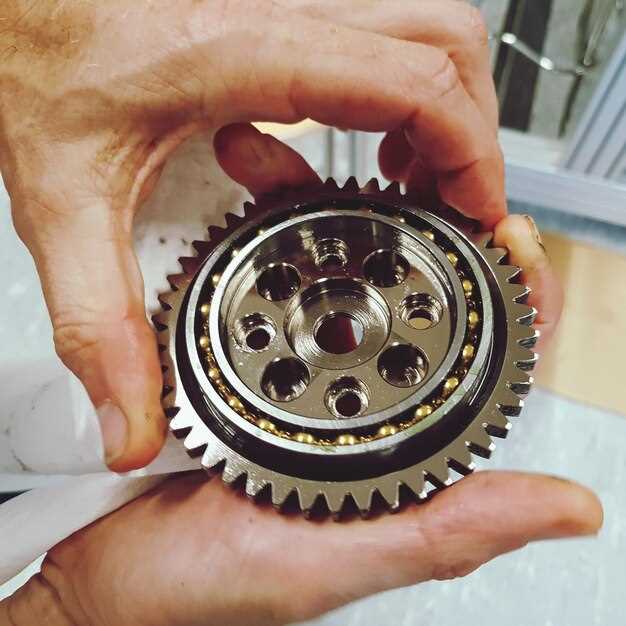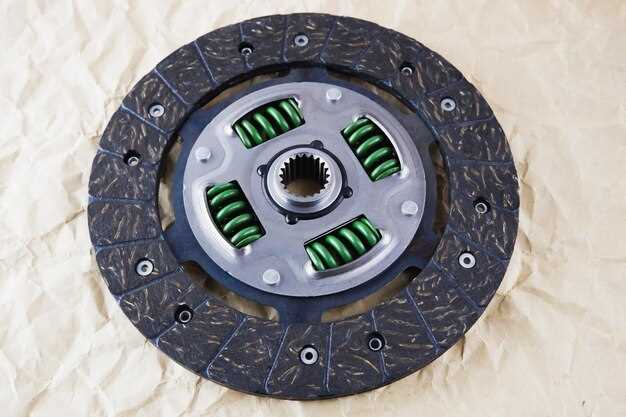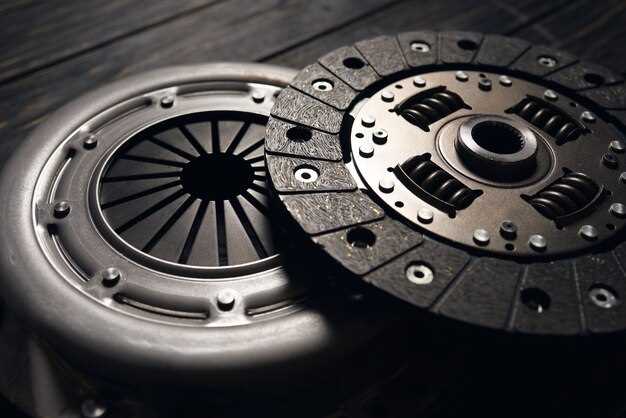
Upgrading your vehicle’s clutch system can significantly enhance performance, responsiveness, and overall driving experience. A performance clutch kit is designed to handle increased power and torque, making it an essential consideration for those looking to improve their car’s capabilities. These kits often include upgraded components such as pressure plates, clutch discs, and throw-out bearings, all engineered to provide better traction and durability under demanding conditions.
One of the primary benefits of a performance clutch kit is its ability to improve the vehicle’s acceleration and shifting dynamics. Unlike standard clutches, which may compromise performance during high-stress situations, a performance kit delivers more consistent engagement and disengagement of gears. This ensures smoother transitions and can greatly enhance driver control, particularly during spirited driving or track use.
Moreover, the installation of a performance clutch kit can also contribute to improved longevity of the drivetrain. By utilizing materials and designs that minimize slippage and heat build-up, these kits help prevent premature wear and tear on essential components. As a result, not only do you enjoy a more exhilarating driving experience, but you also invest in the long-term health of your vehicle.
How to Choose the Right Racing Clutch for Your Vehicle

Selecting the appropriate racing clutch for your vehicle involves several key considerations. Begin by evaluating your vehicle’s power output and application. High-performance engines require clutches that can handle increased torque while providing smooth engagement and disengagement. Understanding your engine’s specifications is essential for matching the correct clutch upgrade.
Next, consider the type of racing or driving you engage in. Whether it’s drag racing, circuit racing, or street driving, different clutches are designed for specific applications. Drag racing often demands clutches with rapid engagement capabilities, whereas circuit racing may require a more balanced setup for consistent performance under varied conditions.
The material of the clutch disc is another critical factor. Options like organic, ceramic, and metal composites all have their advantages and drawbacks. Organic clutches provide good drivability, but they may not withstand high thermal loads as effectively as ceramic options. Ceramic clutches offer superior grip and durability, making them ideal for aggressive racing but may lead to a harsher driving experience.
Additionally, consider the clutch’s size and design. Larger clutches often provide more surface area for friction, enhancing grip and power transfer. However, they can also be heavier and may require specific modifications to your vehicle’s setup. Always ensure compatibility with your transmission and flywheel when selecting a clutch upgrade.
Finally, consult with automotive experts or enthusiasts to gauge recommendations and experiences with different racing clutches. Researching user reviews and product specifications can provide valuable insights into the best clutch options for your vehicle’s needs. Properly choosing a racing clutch ensures optimal performance and longevity, enhancing your driving experience on the track.
Key Features of Performance Clutch Kits That Enhance Driving Experience
Performance clutch kits are designed to significantly improve the driving experience by providing enhanced grip, durability, and responsiveness. One of the standout features is the upgraded friction material, which offers superior heat resistance compared to standard clutches. This allows for more aggressive driving without the risk of slippage, making them ideal for both street and racing applications.
Another important aspect is the upgraded diaphragm spring, which increases clamp load. This ensures that the clutch engages more positively, resulting in quicker shifts and improved throttle response. Drivers often notice a more direct connection between the accelerator and the wheels, which can lead to a more exhilarating driving experience.
Many performance clutch kits also come with lightweight components, such as a flywheel. A lighter flywheel reduces inertia, allowing the engine to rev more freely. This can significantly improve acceleration and make the vehicle feel more responsive during gear changes. An upgrade in this area can transform the overall performance vibe of the car.
Additionally, many kits offer a variety of stage options, allowing drivers to choose the right level of performance for their needs. Whether it’s a moderate upgrade for daily driving or a high-performance setup for track use, specific components can be tailored to deliver optimal results.
Finally, performance clutch kits often include better hardware, such as high-strength bolts and upgraded release bearings. This enhancement ensures reliability and longevity, reducing the chances of failures during high-stress conditions. Choosing a quality kit means embracing not only an upgrade in clutch performance but also enhanced overall vehicle reliability.
Steps to Upgrade Your Clutch System for Improved Performance

Upgrading your clutch system is essential for enhancing the performance of your vehicle, especially if you are involved in racing. A well-functioning clutch not only improves acceleration but also increases the overall responsiveness of your car. Here are the steps to effectively upgrade your clutch system.
First, assess your current clutch system. Identify any performance issues or limitations. Determine the power output of your engine and the type of driving you do. For racing applications, a high-performance clutch kit is necessary to handle increased torque and minimize slippage.
Next, choose the right clutch kit that suits your performance goals. Look for options that offer better materials such as ceramic or metallic composites. These materials are designed to provide superior heat resistance, enabling you to maintain consistent performance under stress.
Once you have selected a clutch kit, gather the necessary tools for installation. Essential tools may include a ratchet set, torque wrench, and transmission jack. Ensure you have access to a service manual for your vehicle to follow the recommended procedures.
Prior to installation, prepare your workspace. Safety is crucial, so make sure the vehicle is securely lifted and positioned. Disconnect the battery, and inspect surrounding components for any potential issues that could interfere with the installation.
Begin the installation by removing the transmission. This involves detaching the driveshaft, shifter, and any other components obstructing access to the clutch assembly. Once exposed, remove the old clutch disc and pressure plate, and clean the flywheel surface to ensure a proper seal.
Install the new clutch disc and pressure plate. Follow the manufacturer’s specifications for torque settings to secure the pressure plate evenly. Reattach the transmission, ensuring that all connections are tight and properly aligned.
After reassembly, bleed the hydraulic clutch system if applicable. This step is crucial to remove any air from the system, ensuring proper pedal feel and engagement. Test the new setup by starting the vehicle and gradually engaging the clutch to assess its functionality.
Finally, conduct a road test under controlled conditions. Monitor the engagement and responsiveness of the new clutch system. This test is vital to gauge whether the upgrade meets your expectations and to identify any further adjustments needed.
By following these steps, you can effectively upgrade your clutch system to achieve improved performance, especially in racing scenarios where precision and power are key.





